- Underpowered VRM
The onboard VRM may not provide sufficient power for certain processors or configurations.
- Counterfeit/fake motherboard
This motherboard is known to be sold as a replica of a genuine model and it usually is of poor quality, by using cheap components and PCB materials. It is likely that the board's specifications will not match the genuine model. As such, there might be BIOS and driver compatibility issues.
If you have such a board, it is recommended to ask other members of the community for more information.
-
Has a 95W CPU TDP limit. When upgrading the CPU, make sure its TDP does not exceed this amount. If attempted to run with a beefier CPU, the system will POST but then hang with an Unsupported CPU message.
-
Known to be sold as a counterfeit ASRock G41M-VS3 or an unknown model Foxconn motherboard in Turkey. If you have purchased this board and suspect it may be counterfeit, do either of the following:
Check the model name reported by BIOS DMI by using a software like CPU-Z or HWiNFO. If it is reported as "Eaglelake" or "Eaglelake (Socket 423)", you have a counterfeit motherboard. For ASRock, you can also check the BIOS type. The genuine motherboard has AMIBIOS 8, while this has AwardBIOS v6.00PG.
Open the system chassis to check the motherboard layout and compare it to the pictures of the genuine model online. The counterfeit model has a lot of obvious layout differences.
- Core 2 Quad (Yorkfield)
- Pentium 4 (Prescott)
- Core 2 Duo (Wolfdale)
- Core 2 Quad (Kentsfield)
- Pentium D
- Core 2 Duo (Conroe/Allendale)
- Core 2 Extreme (Yorkfield)
- WTL4167
- Celeron D (Prescott-256)
- Celeron Dual-Core (Wolfdale)
- Pentium Dual-Core (Wolfdale)
- Core 2 Extreme (Kentsfield)
- Pentium Dual-Core (Allendale)
- Celeron Dual-Core (Allendale)
- Celeron (Conroe-L)
Award - 3 entries
Disclaimer
The info found in this page might not be entirely correct. Check out this guide to learn how you can improve it.
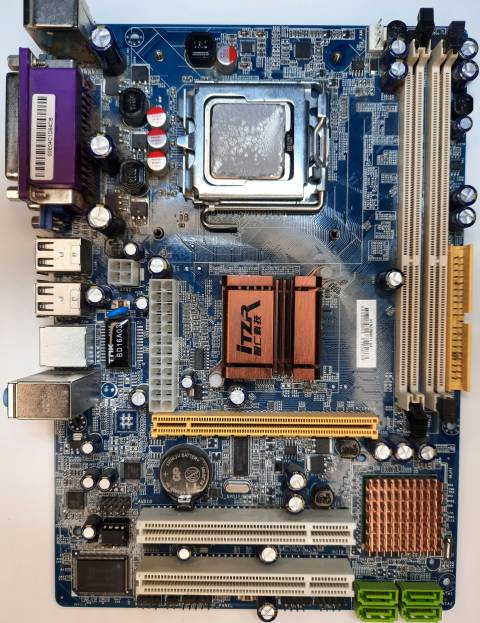 Image 1 of 8
Image 1 of 8
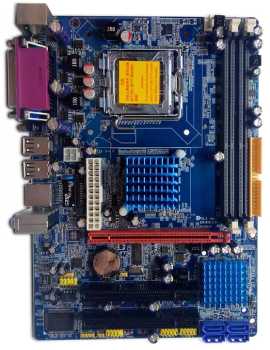 Image 2 of 8
Image 2 of 8
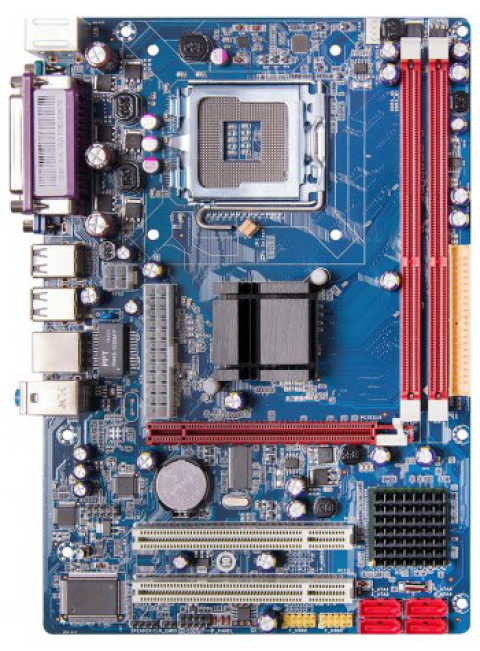 Image 3 of 8
Image 3 of 8
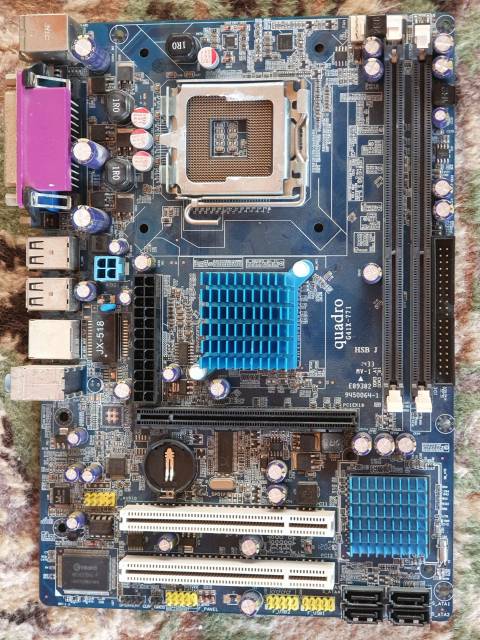 Image 4 of 8 (px4c)
Image 4 of 8 (px4c)
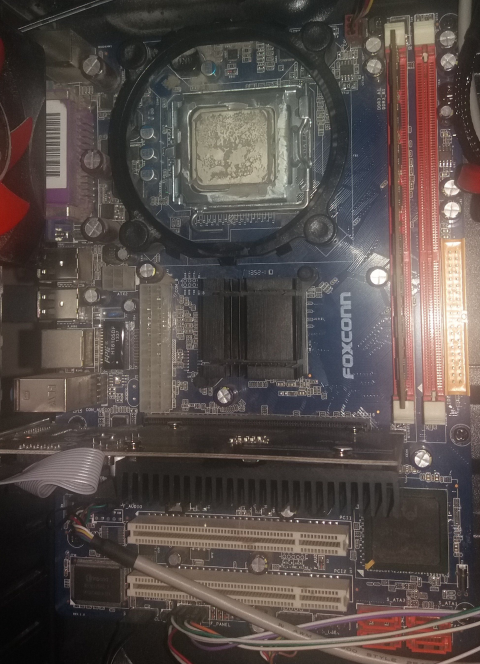 Image 5 of 8
Image 5 of 8
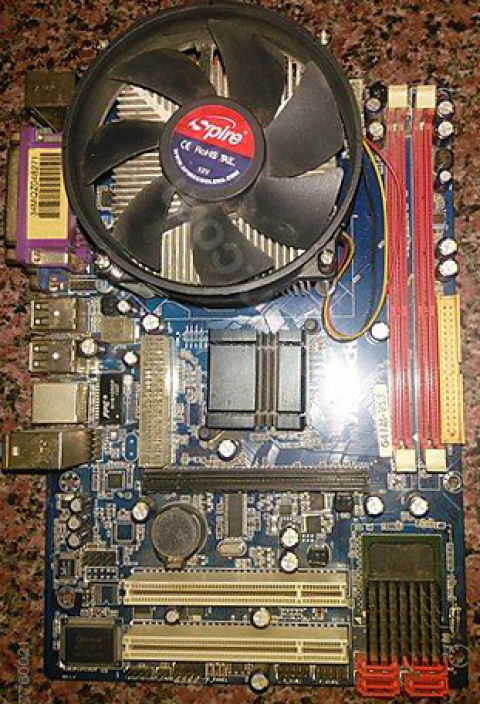 Image 6 of 8
Image 6 of 8
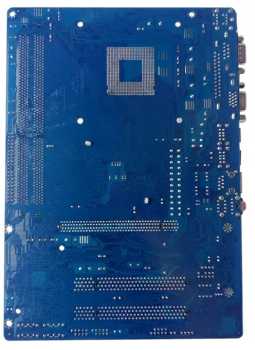 Image 7 of 8
Image 7 of 8
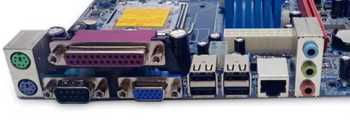 Image 8 of 8
Image 8 of 8